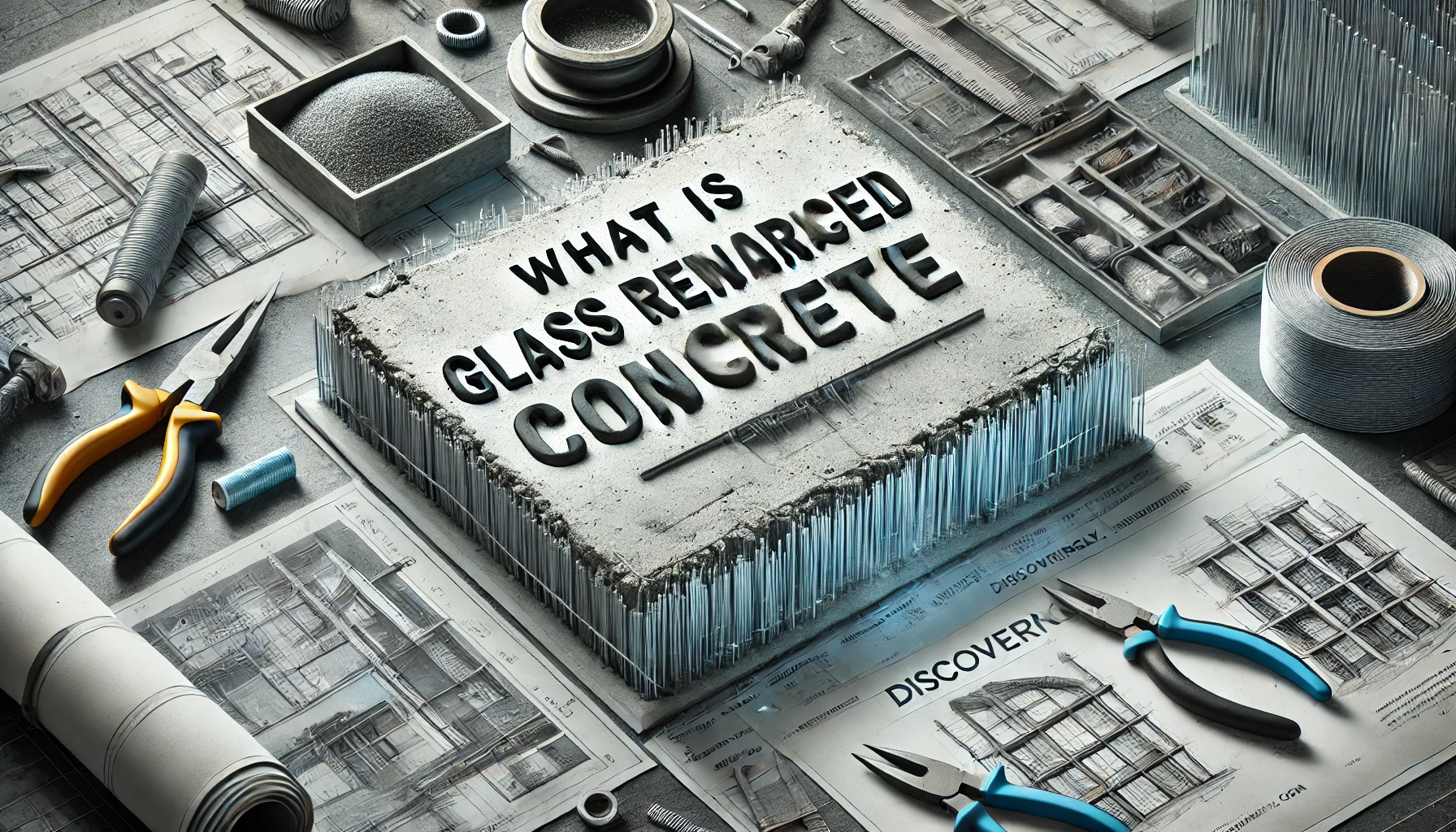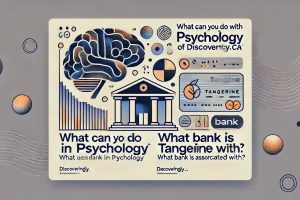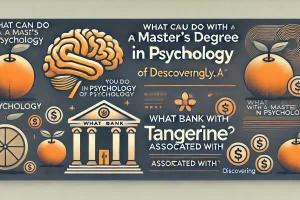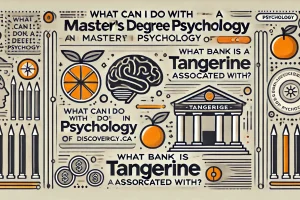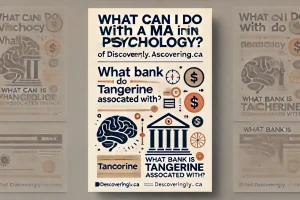What Is Glass Reinforced Concrete? Discoveringly’s Expert Guide
Glass Reinforced Concrete (GRC), also known as Glass Fiber Reinforced Concrete (GFRC), is a highly durable and flexible composite material made by combining fine concrete and alkali-resistant glass fibers. This unique mixture strengthens the concrete, making it both lighter and more versatile than traditional concrete. Due to its strength, adaptability, and ability to form intricate shapes, GRC is a popular choice for architectural applications and artistic designs in the construction industry.
1. Understanding Glass Reinforced Concrete (GRC)
GRC is an advanced construction material that incorporates alkali-resistant glass fibers into a cement-based mix. This combination creates a material that’s:
- Lightweight: It’s about 80% lighter than traditional concrete, reducing transportation and installation costs.
- Strong and Flexible: The addition of glass fibers enhances both tensile strength and flexibility, making it ideal for projects that require thin, intricate designs.
- Durable: Resistant to cracking, weathering, and corrosion, GRC maintains its structural integrity over time, even in harsh environments.
2. How Is GRC Made?
GRC is created by mixing cement, fine aggregates, water, polymers, and alkali-resistant glass fibers. Here’s a quick look at the process:
- Mixing: The raw materials, including cement, sand, and water, are mixed with glass fibers to create a uniform composite.
- Spraying or Casting: GRC can either be sprayed onto a mold or cast like traditional concrete. The spraying technique is commonly used for more intricate shapes, while casting works well for larger panels.
- Curing: After being shaped, GRC is left to cure, allowing it to harden and achieve its full strength.
3. Applications of GRC in Construction
GRC is highly valued in the construction industry for its versatility and aesthetic appeal. Some popular uses include:
- Architectural Cladding Panels: GRC panels can replicate the look of natural stone, brick, or concrete while being lighter and more weather-resistant.
- Decorative Elements: Ideal for decorative columns, window surrounds, cornices, and other intricate architectural details.
- Infrastructure: Used in public seating, urban landscaping, and even sound barriers along highways.
- Sculptures and Art Installations: Artists and designers use GRC for outdoor sculptures, fountains, and murals due to its flexibility and durability.
4. Advantages of Glass Reinforced Concrete
GRC offers numerous benefits that make it an attractive option for architects and builders:
- Durability: GRC withstands weather fluctuations and doesn’t rust, rot, or corrode.
- Design Flexibility: The material’s lightness and moldability make it possible to create a variety of shapes, patterns, and textures.
- Environmentally Friendly: Being lighter than traditional concrete, GRC reduces fuel consumption during transportation and minimizes carbon emissions during production.
5. Limitations and Challenges of GRC
While GRC is an impressive material, it does have some limitations:
- Higher Cost: Compared to regular concrete, GRC can be more expensive due to the specialized materials and manufacturing process.
- Not Ideal for Load-Bearing Structures: GRC’s strength is best suited for decorative and non-structural applications, so it’s not typically used for heavy-load bearing.
6. GRC vs. Traditional Concrete
Traditional Concrete relies on bulk strength and is heavy, making it ideal for foundational elements and load-bearing structures. In contrast:
- GRC is more adaptable for decorative, non-load-bearing uses where lighter weight and intricate designs are required.
- GRC also offers greater weather resistance and aesthetic flexibility than regular concrete.
7. Frequently Asked Questions
Q: Can GRC be painted or finished?
A: Yes, GRC can be colored or coated for enhanced aesthetics and protection.
Q: Is GRC sustainable?
A: Yes, due to its durability, light weight, and lower environmental impact during transport, GRC is considered a sustainable building material.
Q: How long does GRC last?
A: When properly maintained, GRC can last decades, often outlasting traditional concrete in harsh conditions.
Glass Reinforced Concrete is revolutionizing modern construction by offering a strong, versatile, and sustainable alternative to traditional concrete. With its lightweight structure, durability, and flexibility in design, GRC continues to make architectural innovation more achievable.

